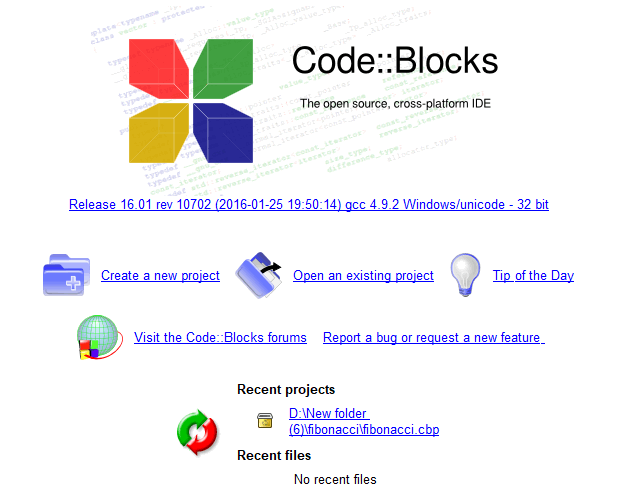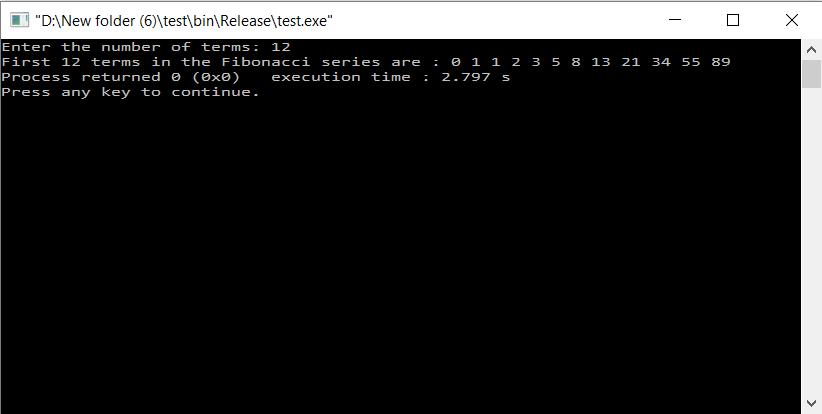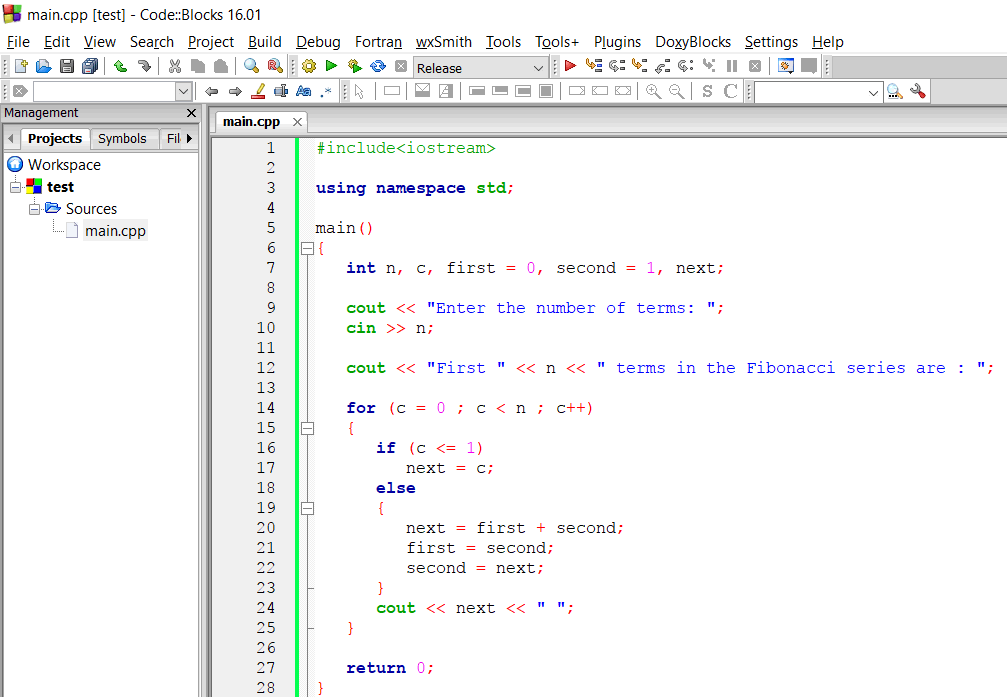www.WordSense.me
Working as a software developer is a rewarding experience. To get started, you will need to learn an easy to understand programming language.
© WordSense. All Rights Reserved.
How to create computer applications
Here's a key decision that you must take: do you want to learn a programming language that allows you to create web-based applications, or would you rather be interested in learning a language that helps you build desktop applications: programs like Word, Paint, etc?
If you choose the first route, you will need to learn one of these programming languages: PHP, JavaScript, Python or Perl. However, if you want to create desktop applications, you could learn C++, C#, Visual Basic, and so on.
The next step is to pick a code editor. In theory, you could code all your programs using a simple text editor like Notepad, but that wouldn't be a wise decision. You want to use an IDE (Integrated Development Environment), which includes several useful programming tools into a single package.
The good news is that many of these IDEs are free, and some of them have features that easily rival their paid counterparts. Take CodeBlocks, a cross-platform, open source IDE, for example. It is especially used in schools and colleges, but nothing prevents you from using it for your own projects.
Here's a picture of its user interface.

CodeBlocks allows you to create a great variety of projects: console applications, DirectX projects, OpenGL projects, STL port applications, DLLs, and more.
My recommendation is to start your coding journey by working with console applications. Yes, they don't have a nice user interface; they look just like the old MS-DOS programs. However, they are very easy to code.
Here's the source code for an application that generates the desired number of terms in a Fibonacci series.
If you aren't familiar with the Fibonacci series, it helps to know that each new term in the series (excepting the first two terms) is equal with the sum of the two previous terms.
And here's how the actual application looks like in action:

I know, the app doesn't have a pretty user interface. But hey, it works, and you can reuse all your code in a modern programming environment anytime you want to! A user-friendly program needs much more code, and since you are a beginner to programming, you want to get started in an easy to understand environment.
So, how can you actually learn programming? If you have already picked the desired programming language, Google "language tutorial". You should replace "language" with c++, javascript, etc, of course.
Here are some links to a few great C++ tutorials that you can try:
https://computer.howstuffworks.com/c.htm
http://www.loirak.com/prog/ctutor.php
http://www.learncpp.com/
Go through one of the tutorials above, step by step. Then, start writing as many short programs as you can. This is by far the easiest method of learning programming.
But don't copy/paste the code from the tutorials, type it in! That's how you learn language syntax.
Once that your source code is written, you need to build an application, and then run it. With CodeBlocks, that's as easy as pressing the "F9" key on your keyboard. You will need to rebuild and run the app whenever you make a change to the source code.
When you have finished going through the entire tutorial, you are ready to start developing your own simple applications. Yes, start small, because a big project may be too complex for you. For best results, try to create an application for which you can find the source code on the web. Don't copy it, of course, but feel free to use it in case that you get stuck.
There are several programming forums on the web, and many of their users are friendly. Often times, if you post your source code, some of the forum gurus will help you fix it.







